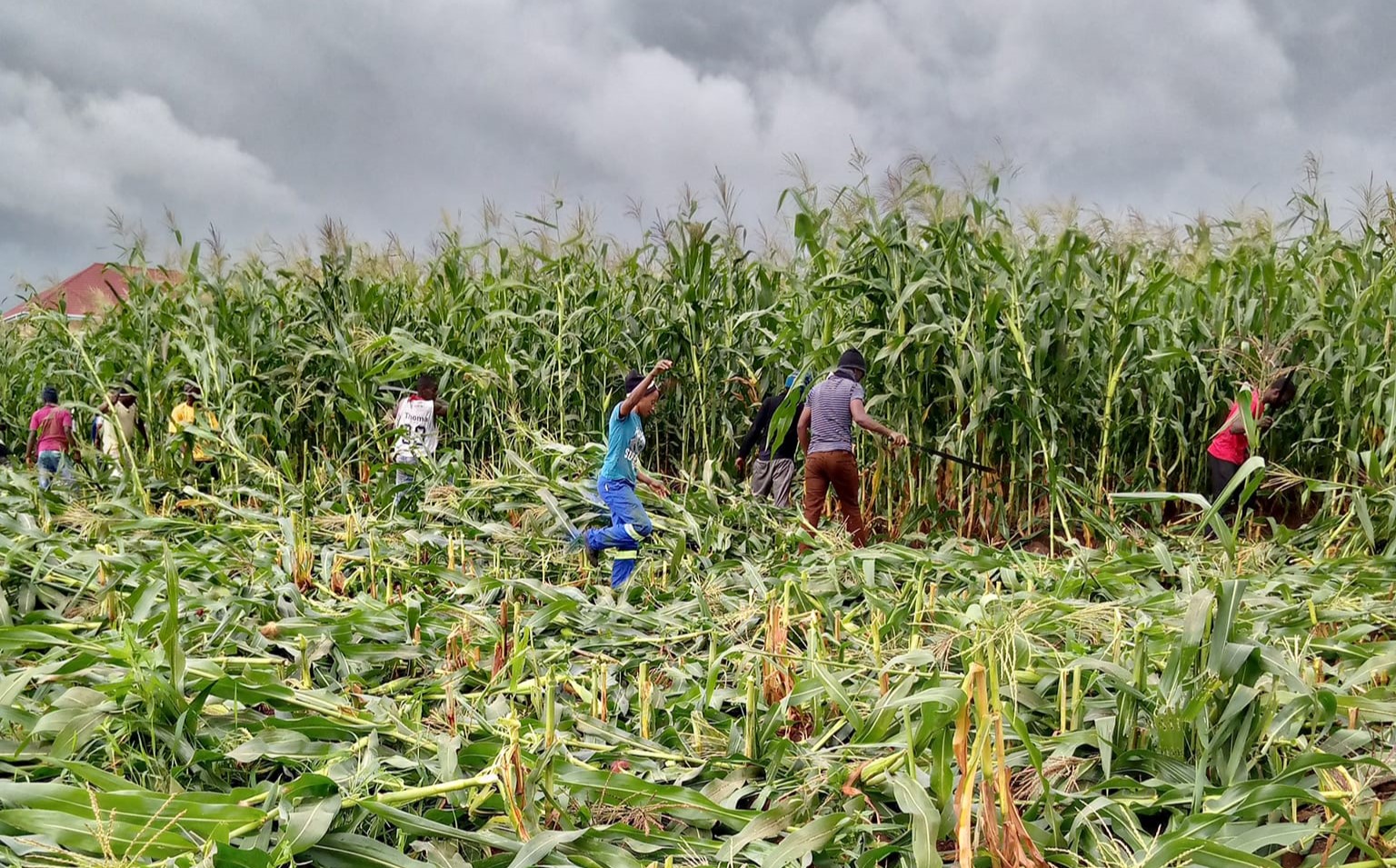Maize taking us for suckers
I can imagine the handclapping and back patting at the Ministry of Agriculture, Irrigation and Water Development, State House as well as the Democratic Progressive Party (DPP) headquarters when the report from the first round of crop estimates announced that this year’s output for maize—the country’s most important crop—is projected to increase by 25 percent.
As The Nation pointed out earlier this week, maize is by far the most dominant crop grown by almost every farmer in Malawi. The staple grain accounts for about 50 percent of the country’s entire planted area, according to official information.
As the main source of food, maize has been at the centre of agricultural policies and public expenditures for decades, helping to worsen government’s public debt. Because it is found on every dining table and mat across Malawi, the crop has also become a political issue as its shortage means food scarcities nationwide and food deficit is always a massive migraine for the party in power, in this case DPP.
But maize shortage is also a powerful campaign folder for opposition parties looking for weaknesses in the governing party to exploit.
So, I can assure you that Malawi Congress Party (MCP) and UTM Party (I would have mentioned United Democratic Front, but I am not sure they are really in it to win). But MCP and UTM must have been mighty disappointed at the output that is well above the national requirement although it is early days yet given that we still have the second and third round of crop estimates.
And given how the government botched up the Farm Input Subsidy Programme (Fisp)—late distribution, fraud through ghost villages and zombie beneficiaries, among other scandalous problems—you can forgive some folks for wondering, even for a second, whether these figures may have met a statistics smith to cajole them into more positive territory.
But that is beside the point at the moment. My main worry is the emphasis on just maize—and a bit of tobacco to some extent—as the beginning and the end of the country’s agricultural policy and discourse.
We have seen over and over again how the maize-centred approach to all things economic and food security in Malawi has brought disasters every time the crop fails. Because of the ‘food is maize and maize is food mentality’, the country has limited itself to a diet that lacks diversity both at household and national levels such that—according to official studies—only a quarter of the population is able to meet dietary diversity.
Other studies show that Malawi’s per capita maize consumption stands at 133kg. The staple grain accounts for 54 percent of the caloric consumption by Malawian households.
In a distant third position is cassava, which contributes seven percent of your caloric intake, sweet potatoes and potatoes at eight percent while wheat and rice—surprise, surprise—are at a measly four percent.
Within the region, Malawi has the highest dependence on maize for caloric consumption as the region’s ranges from 20-35 percent. We really need to think seriously about food diversification.
But the worst part is that this maize dominated policy approach has meant that any slight change to the maize equilibrium, the Malawi economy starts peeing in its pants. The inflation rate—heavily driven by maize—races north with the Reserve Bank of Malawi (RBM) sending interest rates after it to try and slow down the monster that erodes the value of individual and organisation incomes and hits the poor most. The national budget too loses direction when there is the grain’s shortage as money gets diverted from productive areas to buy maize for free distribution to starving populations, most of whom are reliable voters. Because the bulk of it has to be imported, the drain on already fragile foreign currency buffers helps to weaken the Malawi kwacha, leading to a softer local unit that further fuels inflation as prices for imported goods soar since Malawi a largely import dependent nation. I know this is not the first time I have written about this maize obsession. I did the same in May 2017, but someone has to keep singing this song in a very ugly way just to wake up policy makers. n



